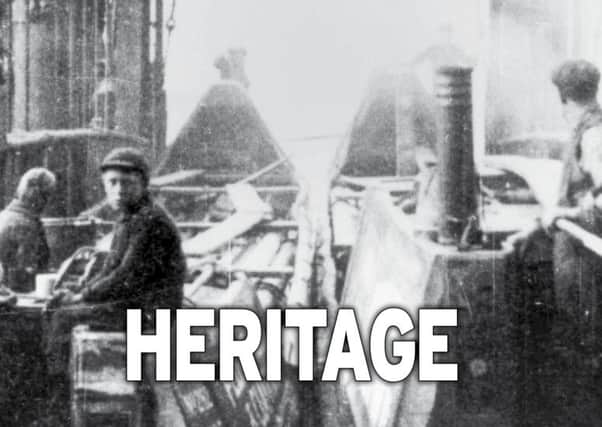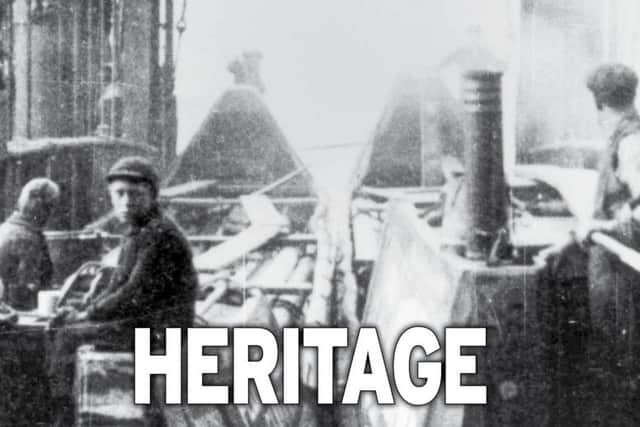Looking into the past through old newspapers? Life just got a whole lot easier...


New secretary of state for Culture Media and Sport Sajid Javid unveiled the £33m revamp of the library’s collection, which features a state-of-the art reading room, 750m pages of journals and 4.8m archived websites.
The oldest surviving newspaper is the Stamford Mercury, from May 22, 1718 – although earlier editions are available in facsimile form. The paper was first published in 1713.
Advertisement
Hide AdAdvertisement
Hide AdThe oldest English-language newspaper title was published in Amsterdam in 1620 and covered news from Italy, Germany and Bohemia.


In conjunction with a new robotic storage centre in Boston Spa, West Yorkshire, the collection at St Pancras, London, replaces the Colindale newspaper library in north London.
During Second World War blitz bombing raids on London, a direct hit on the library at Colindale resulted in the loss of 9,000 volumes and today, during the ongoing programme to digitise work, some still turn up containing lumps of shrapnel.
British Library chief executive Roly Keating said: “Newspapers are often described as the first draft of history – in fact, in many cases they are the raw material of history and very often the only record that exists of an event or an individual that otherwise would have been forgotten.
Advertisement
Hide AdAdvertisement
Hide Ad“The British Library’s newspaper collection is a vital part of the memory of the nation – recording every aspect of local, regional and national life, and continuing to grow at a rate of more than seven metres every week.
“The opening of the Newsroom means that news and newspapers are no longer the Cinderella of the library’s collections, but are now at the very heart of the British Library’s offering to researchers”
There are 40 digital microfilm viewers, 7.8m scanned pages of historic newspapers and more than 40,000 TV and radio news programmes, increasing at a rate of 60 hours every day across 22 news channels.
The fragile print collection’s new West Yorkshire home is both temperature-controlled and humidity-controlled so that the 60 million copies of newspapers stand a chance of lasting well into the future.
Advertisement
Hide AdAdvertisement
Hide AdThe facility, which is also a low-oxygen environment to cut the risk of fire, is off limits to people to help maintain the atmosphere.